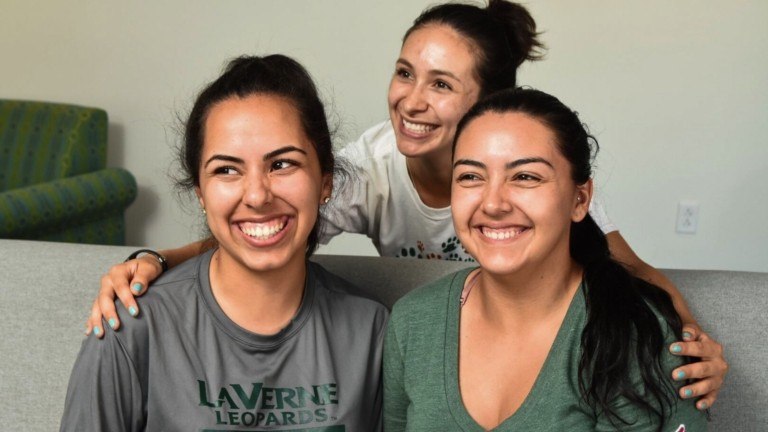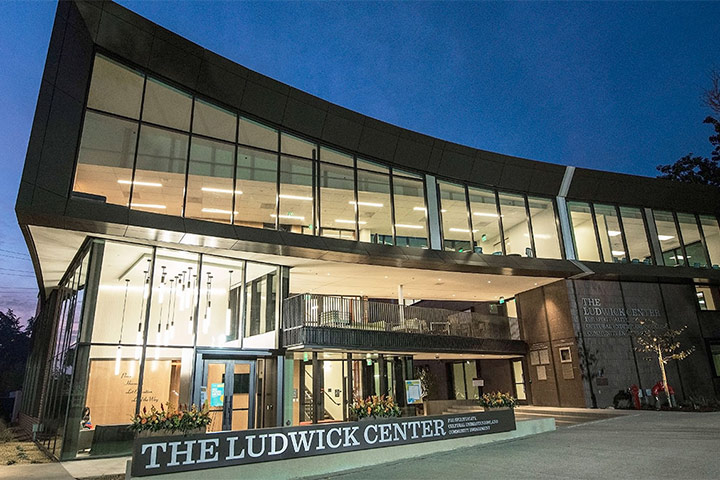Review, Issues Highlight Symposium
A day that began with a session covering the basics of civil rights litigation proved to be anything but elementary for those attending the La Verne Law 2015 Civil Rights Symposium.
Held October 29 at the Embassy Suites Hotel in Ontario, this year’s event touched on §1983 Civil Rights history and historic changes, as well as headline issues that continue to dominate news cycles and fuel public discussion.
“(Civil rights) is a very important topic. It’s a new world, a world that continues to develop,” said La Verne Law Dean Gilbert Holmes. “As part of our mission, one of our core principles involves serving as a beacon of hope and inspiration to the community. We are proud to sponsor this symposium and be a center for meaningful discourse.”
Along with a solid group of attendees, the symposium featured an impressive assembly of panelists. Andrew Roth, retired civil rights attorney with more than 45 years of experience, teamed with attorney Dale Galipo, who specializes in police misconduct and civil rights litigation, to cover the initial two panels: Basic Civil Rights Litigation and Discovery in Federal Civil Rights Cases. Magistrate Judge David Bristow, who played an essential role in determining the panel topics and assembling the panelists, served as moderator for both opening segments.
“This is an opportunity to provide practical information and usable advice to the legal community. It’s the only Section 1983 seminar in the greater Los Angeles area,” said Bristow.
The day’s third panel offered a great exchange on a hot national topic: Body Cameras in Law Enforcement. Featured panelists were Brian Dunn, an attorney with The Cochran Firm who has handled civil rights litigation including a number of high-profile police misconduct cases and James “Jeb” Brown, Assistant County Counsel for the County of Riverside with more than 20 years of experience in public safety and employment issues. Lt. Bruce Blomdahl, North Area Commander for the Riverside Police Department with more than 22 years experience with RPD, and retired attorney Andrew Roth were additional members of panels.
“It’s an emerging issue,” said Brown. “Technology always goes faster than the law. And the factor of video is it is subject to interpretation.”
Several videos were shown during the session, featuring actual incident footage as well as the resulting actions/decisions that followed. All reinforced the complexity of the issue and the need for extensive review – and patience – on the part of the legal system and the public.
“As with any disputes, there are two sides and usually some truth on both,” said Blomdahl. “There are limitations with new technology, and everyone needs to get together and understand the limitations and the potential.”
For every instance where such videos help clarify what occurred, there are nearly as many where the video clouds the issue and sometimes inflame an already sensitive situation. And along with the many answers such videos provide, more questions – privacy, access to raw footage, use during by law enforcement during the initial reporting process, and even ownership of the footage – also arise.
The afternoon session included a Supreme Court Review by Erwin Chemerinsky, founding dean and distinguished Professor of Law at the University of California, Irvine School of Law. Timothy Coates, a longtime partner of Greines, Martin, Stein & Richland LLP, addressed Exploring Qualified Immunity – What Does “Clearly Established” Really Mean? The day’s final panel, Does It Work? The Impact of Section 1983 Cases on Law Enforcement and Whether Adverse Verdicts in Civil Rights Cases Affect Governmental Policies, moderated by Laurie Levenson, Professor of Law at Loyola Law School, and included panelists Belinda Escobosa Helzer, Director of the Orange County & Inland Empire Offices for ACLU of Southern California, Brian Dunn and Timothy Coates.


